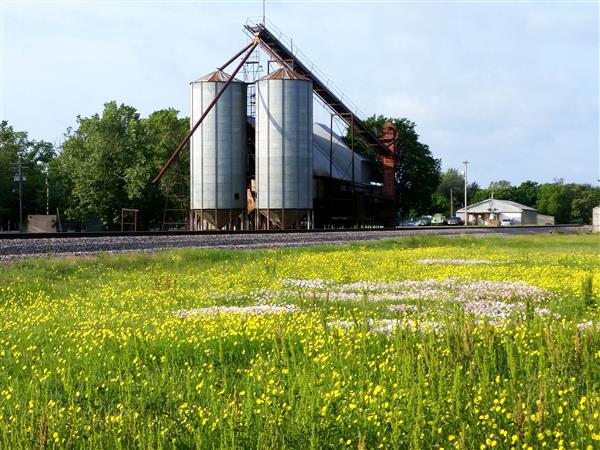About Us
Departments
School Board
Strategic Plan
Aubrey ISD serves the communities of Aubrey, Providence Village, Krugerville and Cross Roads in Denton County. Aubrey was a small rural district that was housed in one building for 20 years until the first elementary school was built in 1986. Today, Aubrey ISD has grown to over 3900 students spread over five campuses. There are three elementary schools, one middle school and one high school. The administration building, which also includes the daycare, is housed in the original Aubrey School, which was built in 1966.
Aubrey ISD is expected to grow by 800-900 students in the next two years (2023 to 2025) and is projected to double in enrollment by 2030-2031. The community passed a $385 million bond package in 2022 to support the growth. Construction projects in the bond package include three new elementary schools, an additional middle school and renovations for the high school and other district buildings. Construction on elementary school #4 is currently underway.








A Chaparral is a ground-dwelling bird known for incredible speed. The Chaparral is also referred to as a roadrunner and has been clocked at speeds of over 20 miles per hour. It is so fast and fierce that it is one of the only known predators of the rattlesnake. Additionally, the Chaparral is mighty enough to weather the desert environment of both the United States and Mexico.

Aubrey is located in the Dallas-Fort Worth Metroplex, 12 miles northeast of Denton and 40 miles north of Dallas in northeastern Denton County.
The Texas and Pacific Railway built a section house in 1881 at this location and called it Onega. The name was not popular so Aubrey was picked from a hat. A charter for a post office was granted and was set up in the railroad depot.
Lemual Noah Edwards, a Civil War veteran from Alabama, is credited for founding the town despite Dr. George Key establishing the Key Schoolhouse settlement in 1858, a mile from the future downtown Aubrey.
Edwards built the town’s second house, which was a large, two-story structure made of lumber brought in from Jefferson in 1867. After the first businesses burned in 1887 east of the railroad tracks, the town was rebuilt west of the tracks on land donated by Edwards. He gave each of his 10 children land on which to build homes as wedding presents, aiding in the growth of the town.
Aubrey grew to more than 30 businesses and a population of 700 by 1920. The population dwindled over the next several years due to the automobile, the boll weevil and the Great Depression. In the 1980’s, peanuts replaced cotton as the No. 1 crop, averaging 3,000 tons in the local drying plant annually.
The sandy, fertile land and the moderate climate attracted horse ranchers to the area, leading to the moniker of the “horse capital of Texas” by some. Other farm products include cattle, hay, fruits and vegetables.
In 1980 Aubrey had a population of 948. In 1986, the Ray Roberts Dam was completed near the Elm Fork of the Trinity River. In 1990 Aubrey had a population of 1,138, growing to 1,500 in 2000.
As of 2020, Aubrey's population has grown to 5,006. Since 2000, it has had a population growth of 194.55 percent.
Source - Texas State Historical Association
